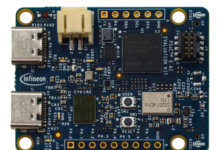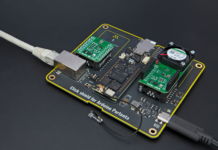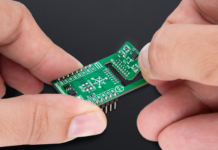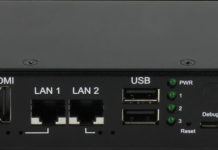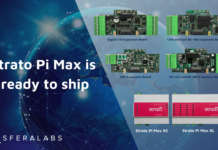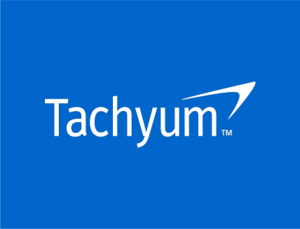
Tachyum Inc. has successfully executed the Linux boot process on the field-programmable gate array (FPGA) prototype of its Prodigy Universal Processor, in 2 months after taking delivery of the IO motherboard from manufacturing. This achievement proves the stability of the Prodigy emulation system and allows the company to move forward with additional testing before advancing to tape out.
Tachyum engineers were able to perform the Linux boot, execute a short user-mode program and shutdown the system on the fully functional FPGA emulation system. Not only does this successful test prove that the basic processor is stable, but interrupts, exceptions, timing, and system-mode transitions are, as well. This is a key milestone, which dramatically reduces risk, as booting and running large and complex pieces of software like Linux reliably on the Tachyum FPGA processor prototype shows that verification and hardware stability are past the most difficult turning point, and it is now obvious that verification and testing should successfully complete in the coming months. Designers are now shifting their attention to debug and verification processes, running hundreds of trillions of test cycles over the next few months, and running large scale user mode applications with compatibility testing to get the processor to production quality.
The Prodigy Universal Processor has progressed to a complete system prototype with integrated CPU, memory, PCI Express, networking and BMC management subsystems connected to the FPGA emulation system board. The fully functional Prodigy emulation system is available to customers to perform early testing and software development, prior to a full four-socket reference design motherboard, which is expected to be available in Q1 2022.
“Despite some hurdles in acquiring some IO IP from our suppliers, we are very pleased with the progress that has been made in bringing Prodigy to life,” said Dr. Radoslav Danilak, co-founder and CEO of Tachyum. “Achieving a successful Linux boot in 2 months after receiving the FPGA IO motherboard prototype is a huge milestone. As we turn to further debugging and testing, we look forward to being able to run larger user-mode applications on the Prodigy prototype next month. This is an exciting journey, as we continue our drive toward enabling human brain-scale AI, while significantly reducing data center power consumption.”
Tachyum’s Prodigy processor can run HPC applications, convolutional AI, explainable AI, general AI, bio AI, and spiking neural networks, plus normal data center workloads, on a single homogeneous processor platform, using existing standard programming models. Without Prodigy, hyperscale data centers must use a combination of CPU, GPU, TPU hardware, for these different workloads, creating inefficiency, expense, and the complexity of separate supply and maintenance infrastructures. Using specific hardware dedicated to each type of workload (e.g., data center, AI, HPC), results in underutilization of hardware resources, and more challenging programming, support, and maintenance. Prodigy’s ability to seamlessly switch among these various workloads dramatically changes the competitive landscape and the economics of data centers.
As the world’s first universal processor, Prodigy runs legacy x86, ARM and RISC-V binaries in addition to its native Prodigy code. With a single homogeneous, highly efficient processor architecture, Prodigy delivers industry-leading performance across data center, AI, and HPC workloads, outperforming the fastest Xeon processors while consuming 10x lower power (core vs. core), as well as outperforming NVIDIA’s fastest GPU in HPC, as well as AI training and inference.
Prodigy’s 3X lower cost per MIPS and its 10X lower core power translate to a 4X lower data center Total Cost of Ownership (TCO), delivering billions of dollars in annual savings to hyperscalers. Since Prodigy is the world’s only processor that can switch between data center, AI and HPC workloads, unused servers can be used as CAPEX- free AI or HPC cloud resources, because the servers have already been amortized. Prodigy will also allow Edge developers for IoT to exploit its low power/high performance, along with its simple programming model, to deliver efficient high- performance AI to the edge.
Demonstration video of the FPGA Linux boot process is now available for viewing at https://www.tachyum.com/resources/presentations/. Those wishing to be among the first to receive news, events and updates on Prodigy’s processor can subscribe to the company’s newsletter here: https://www.tachyum.com/newsletter.



